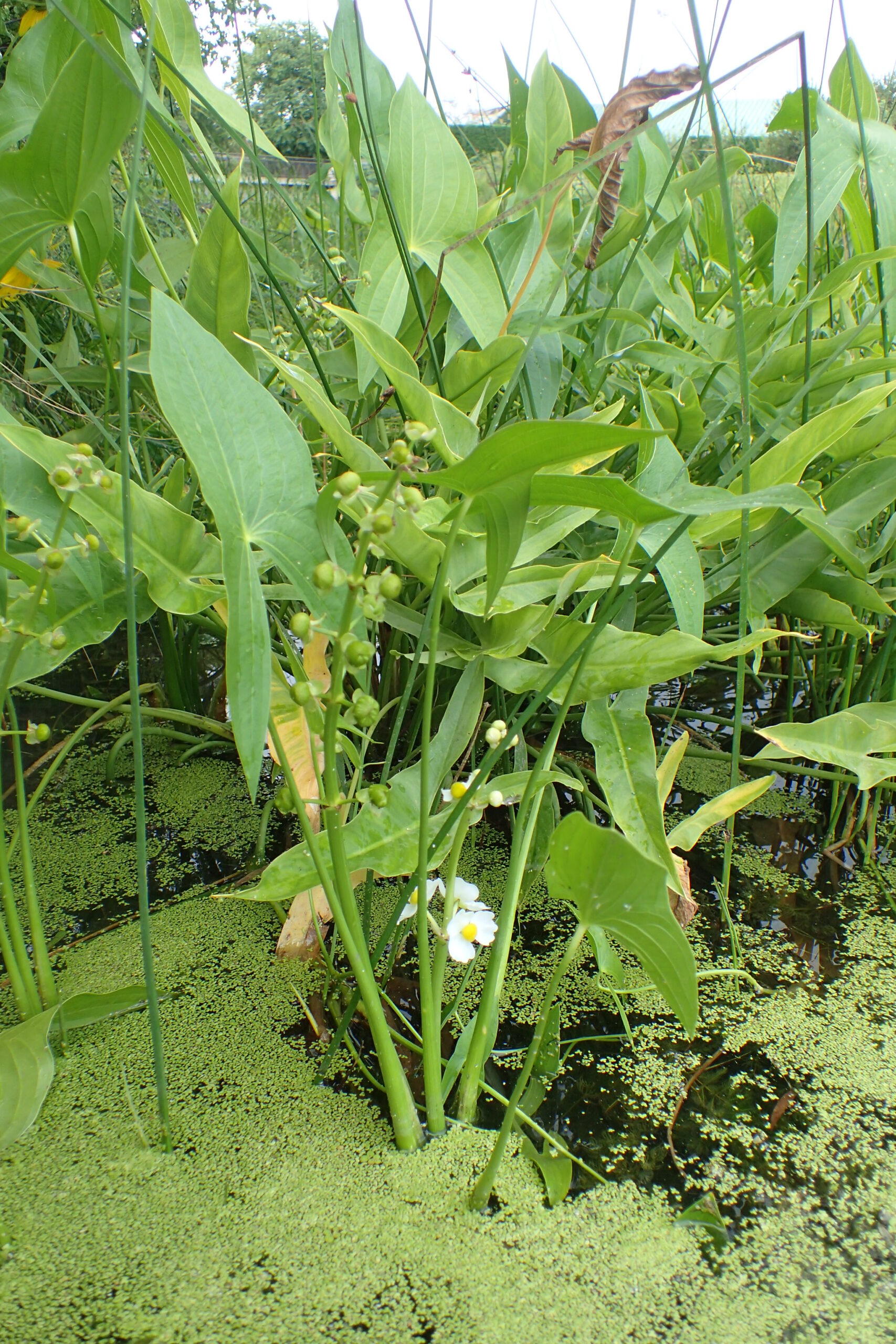Water plants don’t necessarily come to mind when we think of dinner. But an essential element in cuisines of many cultures, and a staple you probably have in your pantry, grows in water: Rice.
Rice is hardly the only edible water plant. Sagittaria latifolia (common names include arrowhead, broadleaf arrowhead, duckroot, duck-potato and wapato) is indigenous to our West Virginia area and was once part of native people’s diets.
Local gardener Silas has delved into growing water plants this season. Silas studied plant breeding via earning his degree in horticulture at WVU.
“I have had a garden since I was a teenager, and I have really enjoyed just everything about gardening,” Silas said.
After reading a few books on permaculture and edible plants, Silas made a list of water plants that might thrive in the West Virginia climate, deciding to give this new genre of growing a try.
“Who grows a water garden for edible stuff?” Silas said. “Nobody’s doing it,” he added, noting that it’s a very niche market.
Silas collected water plants and planted them in 18-quart dish tubs filled with good soil, worm-made compost and bonemeal, topped with gravel. He submerged the potted plants in a kiddie pool filled with water.
“The issue with water gardens, especially doing it organically, is that you don’t want an algae bloom,” Silas said. He said his container system keeps the fertilizer in the water to a minimum.
Mosquitos using the stagnant water to lay their eggs pose another potential problem. To solve it, Silas bought a few gold fish, which eat the larvae.
For a larger scale and more permanent water garden, Silas said digging a proper pond with a lining would be best.
Whether testing out this type of gardening or installing a more permanent water feature, there are at least a few plants to grow.
Silas started with water chestnuts, which he bought on eBay and sprouted indoors over a month before moving them out. Water chestnuts are tropical plants and need a warmer start than our spring allows. He said he will probably let the leaves die back before harvest, and then cook them into an Asian recipe.
He’s also growing arrowhead — the tubers of which he plans to peel and roast for dinner — and water celery, which is about ready to harvest.
Silas said he’s enjoying trying different things out, and learning as he goes. “Basically I have no idea what I’m doing,” he said. “I’m just trying it out. Most importantly, I’m seeing what will grow here in our climate.”
Eventually he would like to have an in-ground set up, not only to expand his edible water garden but also to provide habitat for frogs, insects and other wildlife.
Having found it difficult to find seeds, plants and ramets, Silas said, “I would actually love to propagate these and offer them to gardeners.”
Silas said his advice to others interested in growing native or exotic water plants is: “I would just say, people should experiment with it, and start small.”
While I’m not ready to dive into edible water plants this season, it’s definitely on my list of gardening goals for the future.
ALDONA BIRD is a journalist, exploring possibilities of local productivity and sustainable living in Preston County.




